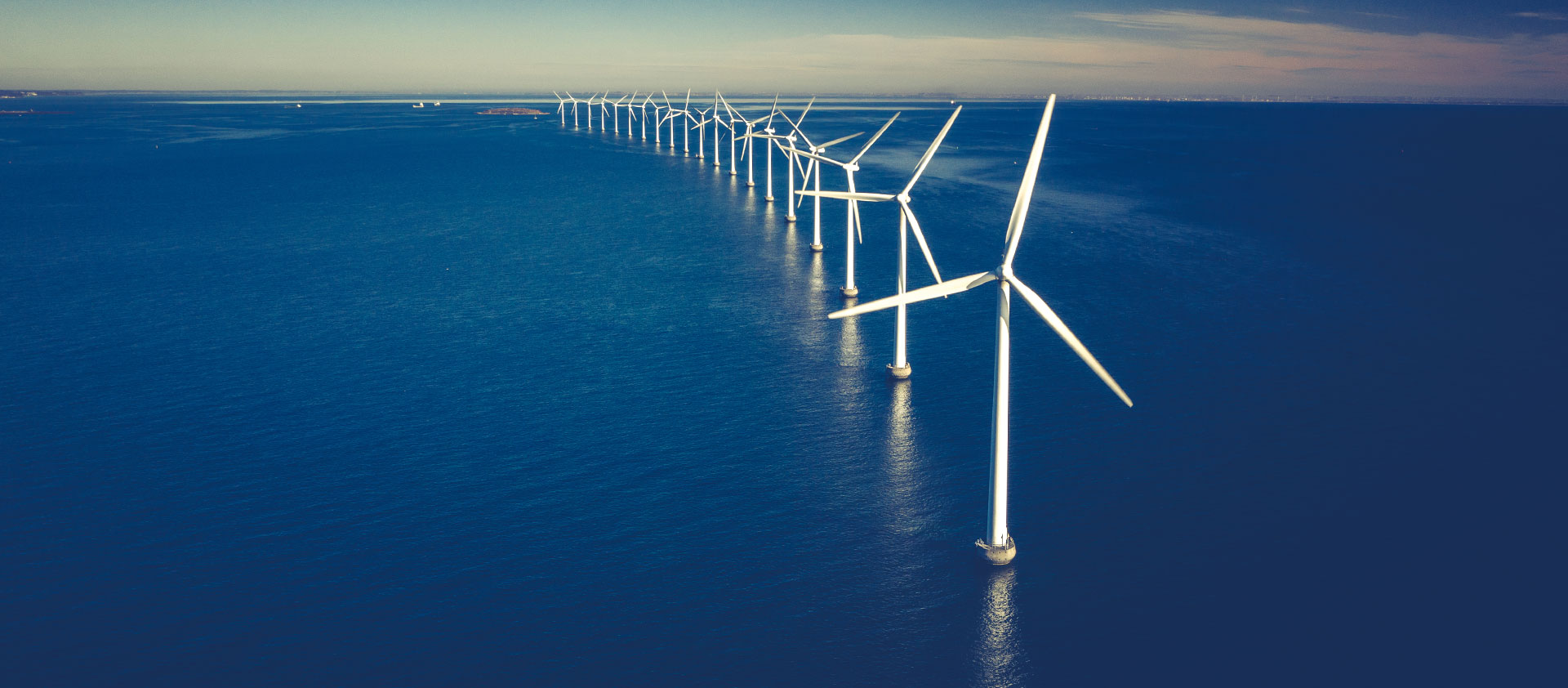Energy crisis
AER AGL Aluminium Batteries Battery Budget BYD CATL CBAM China Coal Critical minerals Decarbonisation Diesel DMO Election Electric Vehicle Electricity/electrification electrostate Energy crisis Federal Election Finance Sector & Emissions Gas Green Iron/Steel Hydrogen India & Adani Methane Nuclear offshore wind Oil OP EDS Peter Dutton Podcasts Renewables Solar Tariff Taxes and subsidies US IRA/EU NZIA et al Wind
Startup Daily | Climate Energy Finance’s Tim Buckley headlines Climate Salad’s annual climate tech investor showcase
___
VIDEO | Tim Buckley on COP29
ABC TV The Business
Xinhua | China leads decarbonization through international cooperation: expert
___
OP ED | Under Trump, the US will forfeit the global clean tech race to China
South China Morning Post
Climate debate shifts gears after Trump win: IGCC
FS Sustainability
OP ED | Trump’s return is a catastrophe for climate and US energy transition, and China wins the cleantech race
Renew Economy
Big Battery Bonanza
PV Magazine
Electrification is saving the grid from mass defections
Renew Economy
Australia’s clean power growth tops global leaderboard
PV Magazine
PODCAST | China, India and Australia 2024 Update
___
Australia’s energy market briefly reaches ~74% renewables
ABC Radio
VIDEO | Tim Buckley on ABC TV News Breakfast re Australia’s renewables surge
ABC TV News Channel
